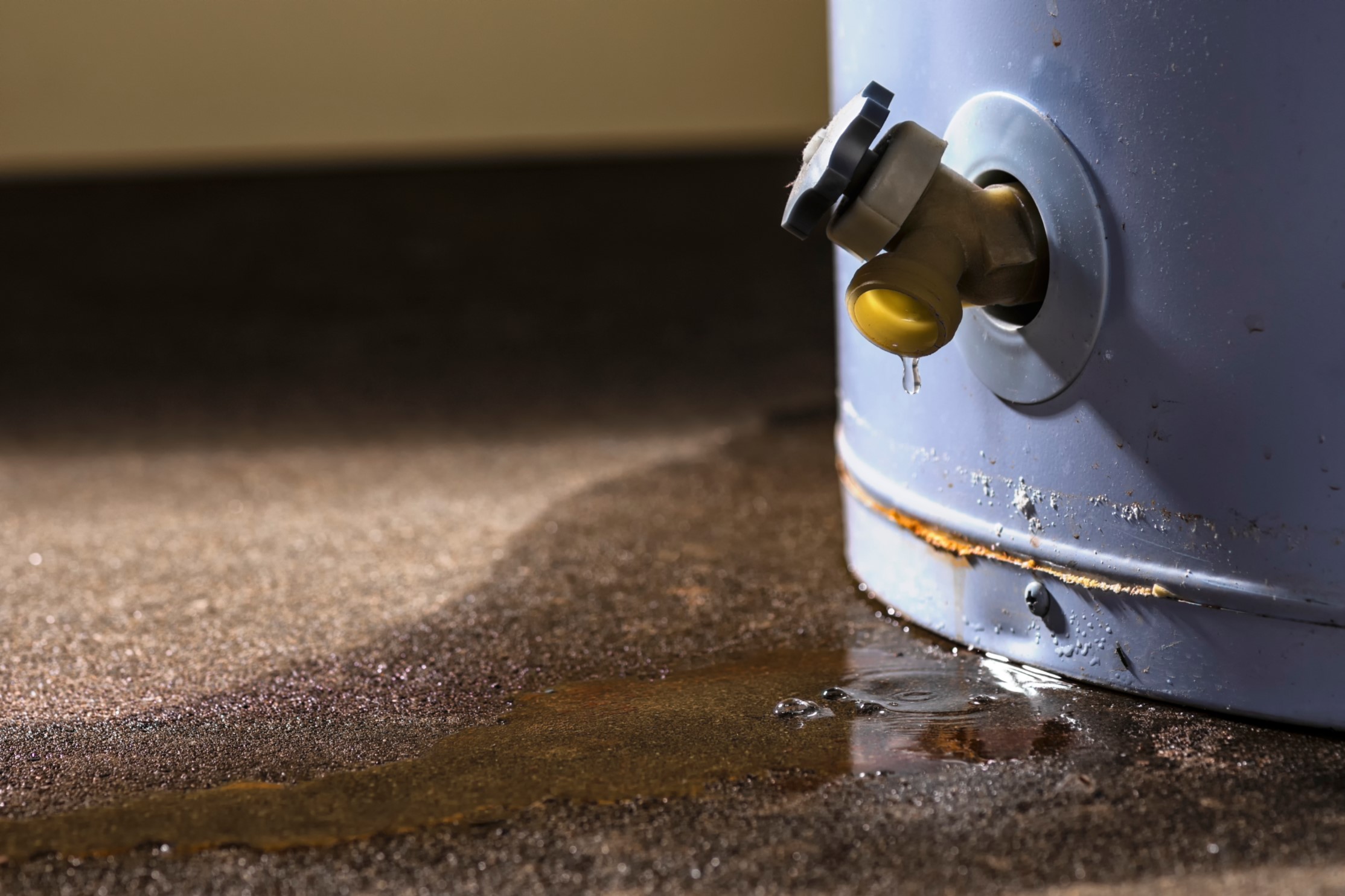What're your thoughts with regards to Tips on Maintaining a Water Heater?

Warm water is vital for day-to-day convenience, whether it's for a rejuvenating shower or cleaning meals. To guarantee your hot water system runs effectively and lasts longer, routine upkeep is essential. This write-up offers sensible tips and insights on just how to maintain your home's hot water system to stay clear of disruptions and expensive repairs.
Introduction
Preserving your home's warm water system might appear daunting, but with a few straightforward steps, you can ensure it runs smoothly for many years ahead. This overview covers everything from comprehending your warm water system to DIY maintenance ideas and recognizing when to hire expert aid.
Importance of Preserving Your Warm Water System
Normal upkeep not only extends the lifespan of your hot water system however additionally ensures it operates effectively. Neglecting upkeep can lead to decreased efficiency, higher power costs, and also early failing of the system.
Indicators Your Warm Water System Needs Maintenance
Knowing when your warm water system requires focus can protect against major problems. Look out for indicators such as irregular water temperature level, weird sounds from the heating unit, or rustic water.
Flushing the Water Heater
Purging your hot water heater gets rid of debris accumulation, improving efficiency and prolonging its life.
Monitoring and Changing Anode Rods
Anode poles avoid corrosion inside the tank. Checking and replacing them when worn out is essential.
Complicated Problems Requiring Professional Help
Examples include major leakages, electric troubles, or if your hot water heater is continually underperforming.
Routine Expert Maintenance Advantages
Professional maintenance can consist of detailed examinations, tune-ups, and making sure conformity with security standards.
Inspecting and Adjusting Temperature Level Setups
Changing the temperature settings ensures ideal performance and safety.
DIY Tips for Upkeep
You can perform several upkeep jobs yourself to keep your warm water system in leading condition.
Checking for Leakages
Frequently evaluate pipes and connections for leakages, as these can lead to water damages and higher costs.
Understanding Your Hot Water System
Prior to diving into upkeep tasks, it's helpful to comprehend the basic elements of your hot water system. Normally, this includes the hot water heater itself, pipes, anode poles, and temperature controls.
Regular Monthly Upkeep Tasks
Regular month-to-month checks can help capture minor problems prior to they intensify.
Examining Pressure Alleviation Valves
Testing the stress safety valve ensures it operates properly and avoids extreme pressure build-up.
Protecting Pipelines
Protecting warm water pipes reduces heat loss and can save power.
When to Call a Professional
While DIY upkeep is beneficial, some problems call for professional competence.
Conclusion
Normal maintenance of your home's warm water system is essential for performance, longevity, and expense savings. By adhering to these tips and understanding when to look for specialist help, you can guarantee a trustworthy supply of warm water without unanticipated disruptions.
How to Maintain an Instant Hot Water Heater
Before tinkering with your hot water heater, make sure that it’s not powered on. You also have to turn off the main circuit breaker and shut off the main gas line to prevent accidents. Also turn off the water valves connected to your unit to prevent water from flowing into and out of the appliance. 2. When you’re done, you have to detach the purge valves’ caps. These look like the letter “T” and are situated on either side of the water valves. Doing so will release any pressure that has accumulated inside the valves while at the same time avoid hot water from shooting out and burning your skin. 3. When the purge valves’ caps are removed, you have to connect your hosing lines to the valves. Your unit should have come with three hoses but if it didn’t, you can purchase these things from any hardware or home repair shops. You can also get them from retail stores that sell water heating systems. Read the user’s manual and follow it to complete this task properly. When the hosing lines are connected, open the purge port’s valves. 4. You should never use harsh chemical cleaners or solutions when cleaning your unit. Make use of white vinegar instead. It should be undiluted and you’ll probably use about 2 gallons. 5. Now flush your water heater. This task should probably take about 40 minutes. We can’t give you specific directions for this because the procedure is carried out depending on the type, model and brand of your heater. With that being said, refer to the user’s manual. 6. When you’re done draining the unit, you have to turn off the purge port valves again. Remove the hosing lines that you earlier installed on each of the water valves. Put the valve caps (purge port) back in their respective places and be very careful so as not to damage the rubber discs that are found inside these caps. 7. Now that everything’s back in place, check your user’s manual again to find out how to reactivate your water heating system. 8. Once it is working, turn one of your hot water faucets on just to let air pass through the heater’s water supply pipes. Leave the tap on until water flows smoothly out of it. https://www.orrplumbing.com/blog/2014/september/how-to-maintain-an-instant-hot-water-heater/

Hopefully you enjoyed reading our article about Tips on Maintaining a Water Heater. Thank you so much for taking a few minutes to read through our blog post. Sharing is good. You won't know, you may be doing someone a favor. Bless you for being here. Revisit us soon.
Need Help? Hire Us Now!